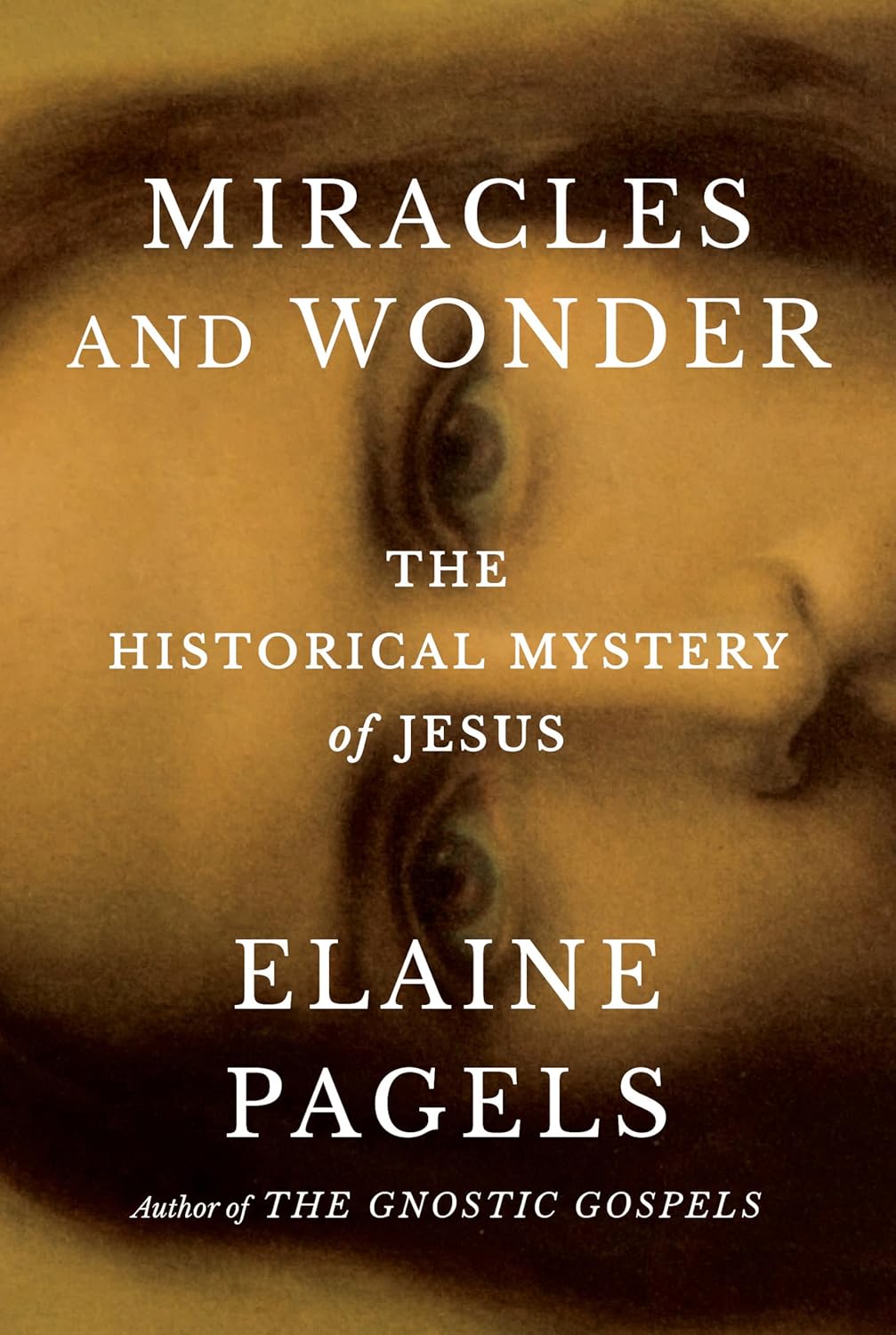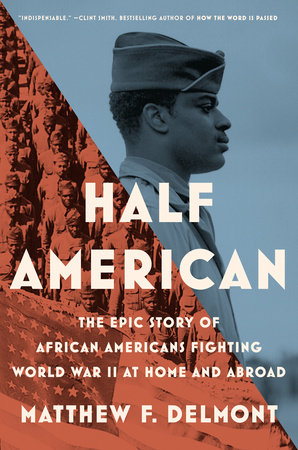Miracles and Wonder: The Historical Mystery of Jesus
- By Elaine Pagels
- Doubleday
- 336 pp.
- Reviewed by Teddy Duncan Jr.
- April 2, 2025
How the myth took shape around the man.

History is a contested field — authentic historical inquiry demands a reappraisal of basic presuppositions: How can we know that an event occurred? And, even if we confirm it, how do we prevent its meaning from remaining inscrutable? In those cases of antiquity where no empirical anthropological evidence can be appealed to, and little to no impartial attestation from witnesses is documented, the historian’s job appears impossible. Lack of direct — or even indirect — access accentuates histories’ opacity.
The story of Jesus is located at this precise juncture of ancient historical mystery: He is a figure who — despite an endless proliferation of texts professing to know the true Jesus — remains fundamentally obscured by the limits of historical knowledge.
Elaine Pagels, the religious historian famous for her 1979 book, The Gnostic Gospels, offers a (marginally) original perspective on the historicity of Jesus in her latest book, Miracles and Wonder: The Historical Mystery of Jesus. While not supplying anything singular in terms of historical or archeological evidence, Pagels yields perceptive new insights into what draws people to Jesus through her methodology and novel use of the Gnostic Gospels.
Pagels employs an emergent approach in religious studies called “reception history.” She defines this methodology as examining “how early texts are received and adapted by later writers.” Reception history does not seek to assign texts — in this case, the New Testament — a discrete interpretative meaning but instead collates and exhibits the differences between rival interpretations.
Accordingly, the reader should not expect a neat, unitary answer to the “historical mystery” of Jesus. Pagels, somewhat indirectly, outlines the contours of what she believes to be the truth of him — designating some claims as outside the purview of reason, lending others credence — but her book predominantly consists of indexing and contrasting interpretations of Jesus’ life and death by theologians, historians, and New Testament scholars.
Miracles and Wonder perspicuously identifies points of agreement among experts. For example, in her chapter on the crucifixion, Pagels finds that “[n]o one doubts Jesus was crucified; everyone from his devoted followers to their harshest critics agree on this.” Taking that as a site of scholarly consensus, she subsequently explores the historical question of “how it happened” by comparing the Gospel accounts, ancient Jewish historians’ reports, and modern theological perspectives.
Pagels notably discards certain perspectives — for instance, the belief that Jews were solely culpable for the crucifixion. As she writes, “Jesus’s followers chose to spin the story as if ‘the Jews’ had engineered his death, amplifying the role of prominent Jewish leaders who, as the Jewish historian Josephus confirms, did indeed initiate the charges presented to Pilate.” The Gospel narratives of Jesus’ death, she asserts, were distortions of the historical reality necessitated (to his burgeoning followers) by the “horrendous loss” of the savior. To exonerate Jesus of any authentic charges by the Romans, there needed to be a conspiracy perpetrated by Jewish leaders and spurred by religious envy.
The book certainly does not approach the Bible as inerrant — nor is Pagels a strict believer of miracles; she oftentimes privileges the materialist interpretation (or the Gnostic interpretation), psychologizing or allegorizing Jesus’ life. When discussing the virgin birth, she finds credible explanations in the prospect that Jesus was illegitimate rather than born through immaculate conception (albeit eventually concluding, “Who can say?”).
Regarding the crucifixion, her preference for rationalistic explanations is conspicuous: Despite settling on the ultimate ineffability of the resurrection, she contends that the “passion” narrative is “a poetic story meant to reveal the deeper truth of human experience.” Conceiving Jesus in this way, in the poetic dimension, renders him palatable to a modern secularist audience, while leaving a small space for metaphysical ideas in the crevices of materialism.
Pagels acknowledges the scholastic fact of resurrection narratives yet dispenses with the idea (through a critical comparison of the Gospel accounts) of Jesus’ return to bodily form. Instead, she anecdotally appeals to her own encounters with “the presence of people who had died” in “some other mode of perception.” She indicates that this is analogous to the resurrection of Jesus: His appearances were likely not the result of his return to his body. Rather, they were believers’ visions via another “mode of perception.” In this way, she supplely avoids referring to appearance accounts as outright hallucinations or fabrications while maintaining a rationalistic explanation that contends with the impossibility of an actual post-death return.
The end of the book undergoes a shift: Moving on from ancient theological texts and modern commentary, Pagels explores the portrayals of Jesus in contemporary artistic mediums across cultures, such as Christian songs by rural Filipinos and African Americans, paintings by artists such as Salvador Dali, and movies like Martin Scorsese’s “The Last Temptation of Christ.” Ironically, ending this way embodies the book’s throughline but belies its title: Pagels apprehends Jesus as an idea (a legend built around an ancient man) containing cosmic truths rather than as a supernatural figure.
Teddy Duncan Jr.’s freelance writing has appeared in publications such as Observer, Document Journal, Fad Magazine, Creative Loafing (Tampa), and Document Journal; his scholarly work is in Latin American Literary Review, the International Review of Zizek Studies, the Midwest Quarterly, and Between the Species. His new book is Interpreting Meat: Theorizing the Commodification and Consumption of Animals. He can be reached at [email protected].

.png)